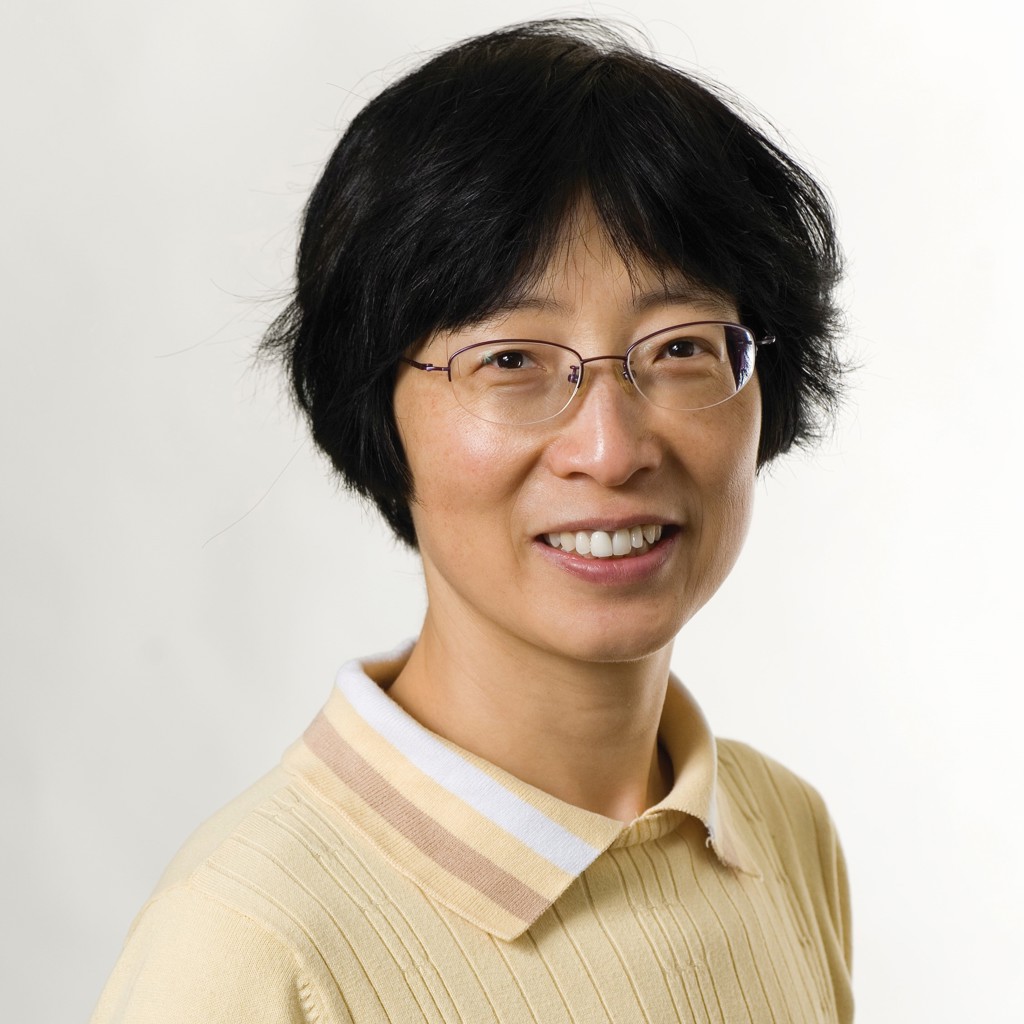Xiaoyi Bao
University of Ottawa, CanadaFor outstanding contributions to fiber technology and fiber sensors and their many applications.

Xiaoyi’s path into science was not typical. Growing up, she was more interested in the social sciences and imagined herself as a poet or a novelist. However, she ended up enrolling in optics degree program in the physics department at Nankai University in Tianjin, China, because that is what was expected of her as a “smart, responsible young person.” She ended up pursuing a Master’s degree in optics at Nankai and continued her research in a PhD program in Optics at Academica Sinica in Hefei, China. In graduate school, she discovered that science and poetry were linked for her. While pursuing her research, she “got the same feeling [she] had in writing poetry,” she says. “A good writer wants to go deep, to find something original. And I discovered it’s the same thing in optical physics. When you do research, you want to create something and you want to discovery new things.”
Xiaoyi’s research is focused on nonlinear effects in fibers for sensing, nano-fibers and devices, and lasers and optical signal processing. The outcomes of this research have helped to build a global reputation for the University of Ottawa, where she is currently a Canada Research Chair in fiber optics and photonics in physics, in the field of fiber optic sensors. Sensor systems using Xiaoyi’s methods are being used in Canada, the United States, China, and Japan. Because of her success, many companies have come knocking her lab door, but she’s “more interested in pushing the envelope” and wants “to pursue the new and unique” rather than focusing on commercial applications. She attributes this to her creative nature and says creativity, is her primary motivation.
She is focused on fundamentals and basic principles. Although her systems work on sophisticated scientific methods, the principles for these are quite simple. She explains that one of the basic ideas used is vibration. All substances are made up of molecules that vibrate at some characteristic rates under ordinary conditions of temperature and pressure. If you raise the temperature through the application of heat, the frequency of vibration increases. On the other hand, if you reduce the temperature, the vibration slows. The same principle exists if you apply or remove pressure.
Xiaoyi’s team applied this to the problem of pipeline corrosion and deformation. Corrosion leads to dangerously thin steel, so her team embedded a continuous strand of very pure glass into the pipe wall. They can pinpoint corrosion to within centimeters by shining a laser light down the glass strand. Spots with pipe leaks tend to have lower temperatures, so the light bouncing back from the slightly cooler point will be distinctive because the frequency of the vibration of the glass particles is different. A crew can be dispatched to a specific location to repair the pipe and avoid a financial and ecological disaster.
In summary Xiaoyi says that, in research, “you are exploring yourself and nature, and you find that the two are linked.”
Profile written by Jeanette Gass
